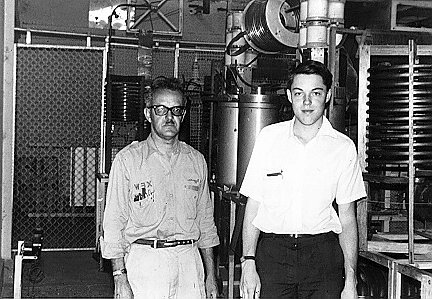More to the point-
FM Translators re-broadcast other stations, non-commercial and commercial.
LPFM stations can originate programming, are non-commercial stations and are not licensed to individuals.
The two services are separate and governed under different sections of the FCC rules.
FM Translators re-broadcast other stations, non-commercial and commercial.
LPFM stations can originate programming, are non-commercial stations and are not licensed to individuals.
The two services are separate and governed under different sections of the FCC rules.



